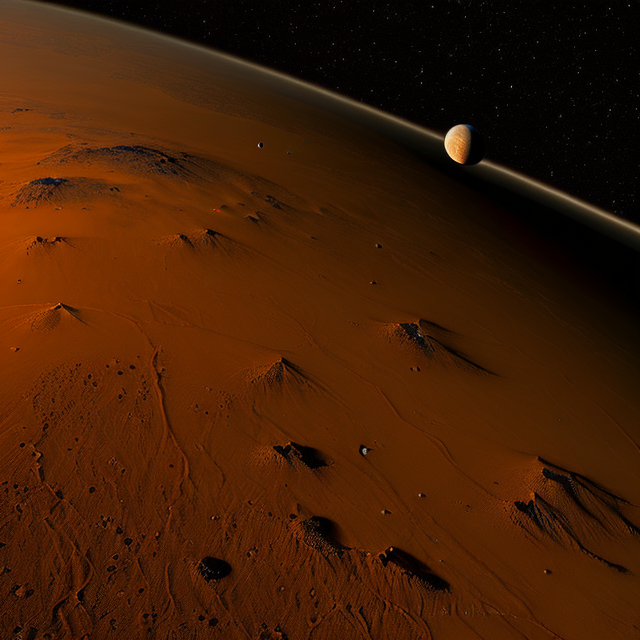| Scientific (actual) data |
|---|
| Planet | HD 116029 A b |
| Planet status | Confirmed |
| Mass sini | 2.1 |
| Orbital period | 670.2 |
| Semi major axis | 1.73 |
| Orbit eccentricity | 0.21 |
| Angular distance | 0.014042 |
| Discovered | 2011 |
| Updated | 2019-12-13 |
| Omega | 360 |
| Tperi | 2455220 |
| Publication | Published in a refereed paper |
| Detection type | Radial Velocity |
| Alternate names | HD 116029 b |
| Star name | HD 116029 A |
| Right ascension | 200.17° |
| Declination | 24.65° |
| Mag v | 8.04 |
| Star distance | 123.2 |
| Star metallicity | 0.18 |
| Star mass | 1.58 |
| Star radius | 4.6 |
| Star sp type | K1III |
| Star age | 2.7 |
| Star temperature | 4951 |
| Star alternate names | HD 116029 |
| Wikipedia article | HD 116029 A b |
Back
| |
| Fictional info (?) |
|---|
| Suggested name | Lyke |
| Planet type | Cold planet |
| It is the second-brightest natural object in the night sky after Monahali-at, reaching an apparent magnitude of -5 - bright enough to cast shadows at night and, often, visible to the naked eye in broad daylight.
This cold planet is named after the deity Lyke, the god of chaos.
Like Monahali-at, Lyke has been orbiting HD 116029 A for 2.7 billion years, and never moves more than 18 degrees away from HD 116029 A. |
| Estimated population | 50000000 |
| Atmosphere | Water | 55% |
| Oxygen | 43% |
| Carbon dioxide | 2.3% |
| Methane | 0% |
| Atmospheric pressure | 0.0011 bar |
 |
| No known satellites |
| Google search for Lyke |
|